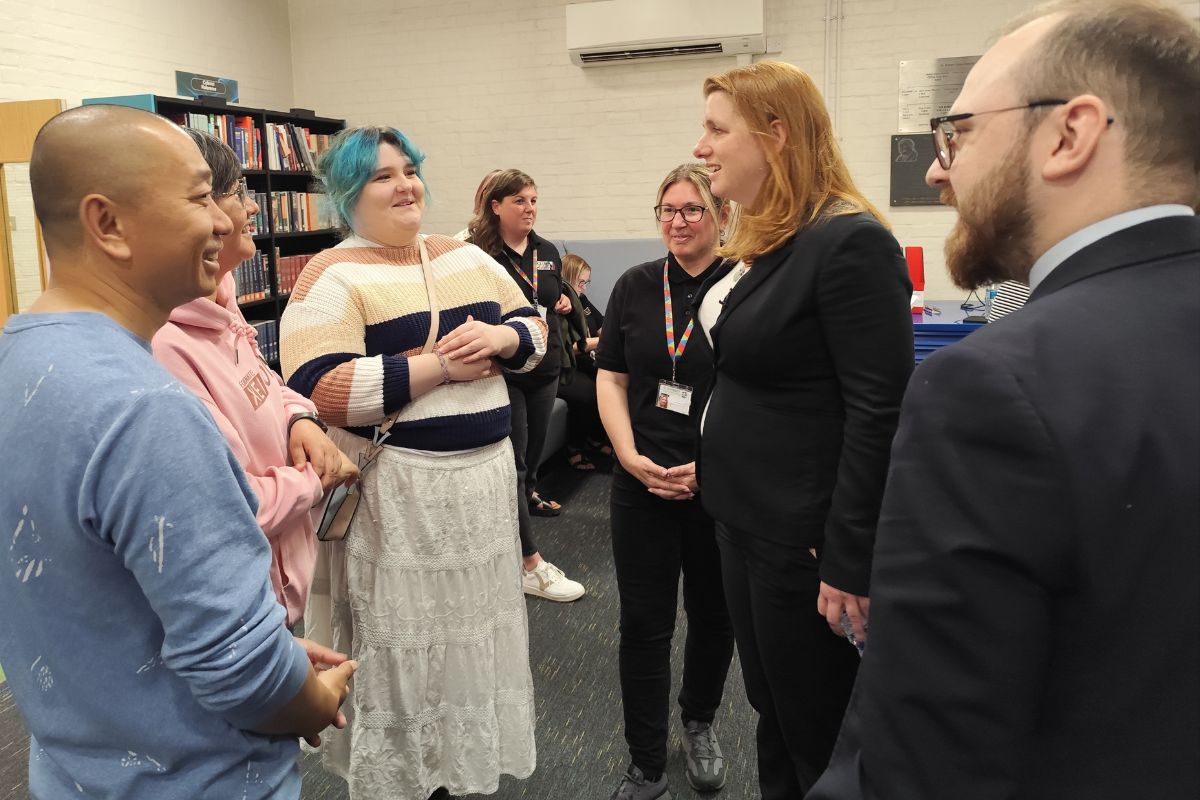The Digital Campus: a key element in solving the rising challenge for UK education

The days of cold, impersonal lecture halls, with rows of students diligently writing notes are numbered and the further and higher education sectors would be wise to heed this. Today’s students are ‘digital natives’ brought up in a world of smart phones, high speed wi-fi and technology on demand. They are used to sophisticated imagery and instant access to valuable resources. And, in-line with the rest of modern society, have an ever-decreasing attention span needing instant engagement to ensure effective message delivery.
To stay relevant to their students and deliver leading educational experiences, it’s essential that our bastions of higher education, that are respected worldwide, maintain their reputations and join the rest of our society in its journey of digital transformation.
For brands and businesses to be seen and taken seriously today it is crucial for them to have a mobile, digital and social media presence. And the same is relevant for higher education institutions, if they wish to maintain their positions in rankings and appeal to upcoming students.
As well as ensuring that there is a technologically adept infrastructure within a university campus that can deliver all the associated benefits to staff and students alike, another key area that universities should consider is their digital communications. Not only as an effective means to communicate with the university population, but also to garner insight from the data captured on the student body by the technology behind it.
This data can be used in a variety of ways; from guiding students to safety via smart digital signage notifications that can be pushed through to their mobile phones, to informing course delivery and student engagement initiatives.
Digital communications have a role to play at all touchpoints through the university experience. From before they have even enrolled at a university, prospective students will be visiting and probably engaging with social media programmes and digital signage to inform their decision making. The technological infrastructure within a university will be a key differentiator for today’s students. Technology is a key part of their daily lives and they need modern digitally driven campuses to appeal to them.
Prospective students will have questions about all areas of student life – financial information, living arrangements, campus navigation, transportation, course delivery and, perhaps most importantly, the social functions and events available – and effective, informative technology systems will be essential for delivering this information in a succinct, digestible and engaging manner.
Having made the decision to attend a particular university, this level of information delivery will continue to be of utmost importance. However, now it will need to be tailored to suit each student’s requirements, this is when a sophisticated Content Management System (CMS) can complement broader communications.
Every student and member of the campus community will experience a ‘digital visual journey’ that will accompany their day. Course schedules and daily notifications and updates about lectures, restaurant menus and daily events will guide students through digital signage and be delivered via apps to their mobile phones.
Research shows that 87 per cent of students think university enables them to become more independent and it is important that readily available information allows them to be.
It is also important to remember that whilst students have high technological expectations, teaching staff are also on their own journey of digital transformation, and have become adept at incorporating technology into their teaching skills. Universities who do not supply the technological tools todays lecturers need to deliver their courses will lose talent to those that do.
This level of communication will help engage students in campus life and help deliver a holistic university experience that is most attractive to each student’s needs. The apps will not only allow students to interact, but also encourage conversation between staff and the student body, building a sense of community and brand advocacy for the university. After students have graduated, they can be brand advocates for the university they attended: continuing to be active in alumni groups and interacting with social networks.
As universities are continually looking for additional revenue streams, rather than relying on government funding, smart technology and advocacy for innovation are key ways for higher education establishments to create stand-out against their competitors.
An infrastructure of effective digital communications will also allow universities to enter into commercial relationships with relevant brands to campus life and consequently help finance the technology solutions required.
Providing partners with the opportunity to engage with a captive audience – when questioned 91 per cent of students said that they use social media every day – proving that it is a valuable commercial resource.
This can also be supported with ‘proximity marketing’ where brands are able to use cellular technology to send marketing messages to mobile phones when students are in the proximity of certain digital signage.
The right technology even offers the possibility for screen content to change to whatever is most relevant to a person when passing it. Instead of considering this an intrusion, today’s student values the opportunity to receive targeted information that is relevant and specific to them.
There is no doubt that to complete a university education today takes a considerable investment. Students are very aware of the long-term commitment they are making when choosing to go to university.
Consequently, they are becoming discerning and have high expectations of what they expect their university experience to be and technological expectations are high on their list of requirements.
For universities to rise to this challenge, and ensure they satisfy this demand, it is essential that they embrace technology to deliver a digitally adept campus experience that is worthy of their students’ investment.
Joe Rabah, Managing Director for EMEA, RMG Networks











Responses